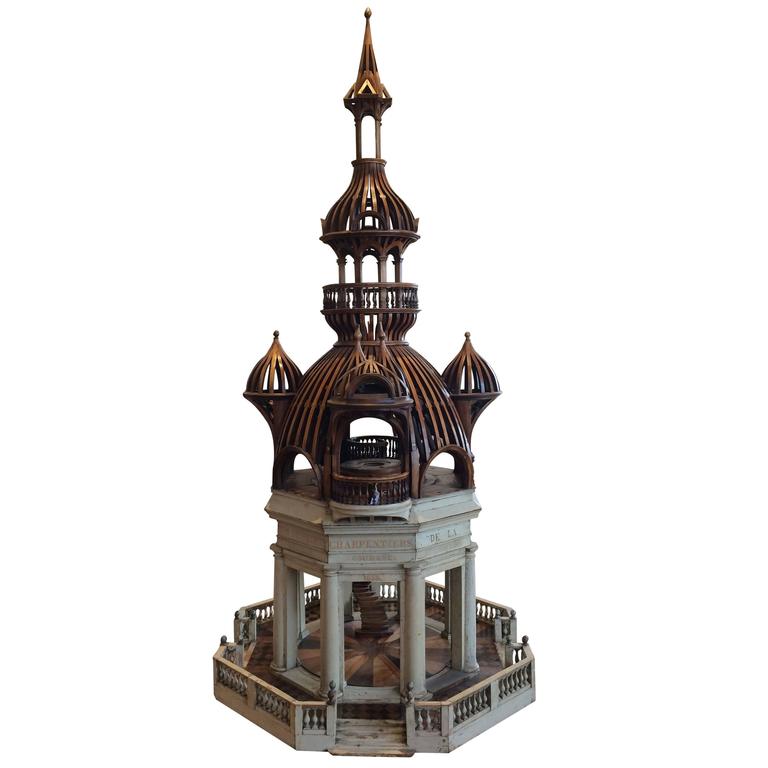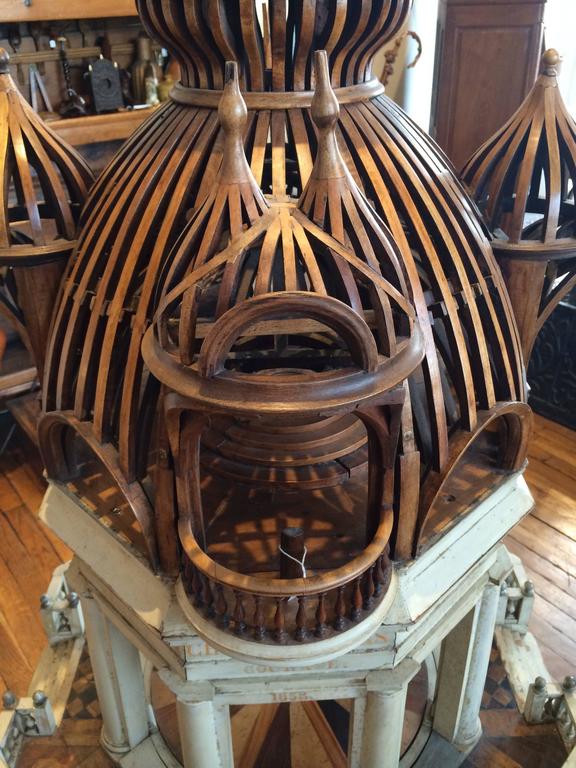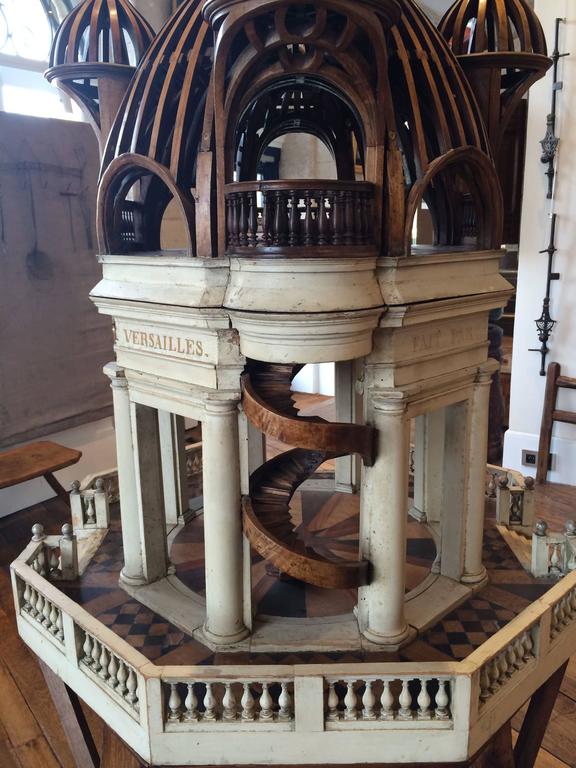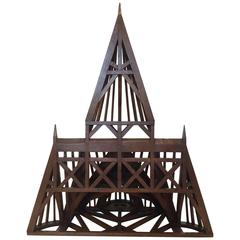FRENCH TIMBER FRAMES
Compagnons du Tour de France and its connection with Timber Frames



A Woodworkers Musings
Timber Framing is “post-and-beam” construction. A method of building with heavy timbers rather than traditional 2x4s. It uses heavy squared-off and carefully fitted and joined timbers with joints secured by large wooden pegs (larger versions of the mortise and tenon joints). In the picture below you can see timber framing in the process of construction.

 Coupesarte Manor (Normandy, France)
Coupesarte Manor (Normandy, France)
Timber framed structures, especially the more elaborate or complex structures, are often times first built as a small scale timber frame model prior to construction. (See below)
 Picture from the private collection of Monsieur Claude Pignede
Picture from the private collection of Monsieur Claude Pignede
An example of a more complex model such as those used in hip roofs is owned by Rob Fargason. It represents the entire upper portion of a barn.


Rob is an avid collector of timber frame models. Below are more examples of whats considered to be a bit more simple in nature. These models are ones that he has acquired on his many travels to France.




France has a strong tradition of timber framing which can still be seen in the architecture of homes, especially throughout the northern portion of France. Many of these have been rendered by a Compagnon.

The Compagnon du Devoir is a French guild system (Guilds were and are associations of artisans or merchants who control the practice of their craft in a particular town) that dates back to the 13th century and has been educating the master craftsman of France since that time. Many of the trades include mason, farrier, baker, pastry maker, winemaker and of course carpentry–to mention only a few.
http://www.compagnons-du-devoir.com/
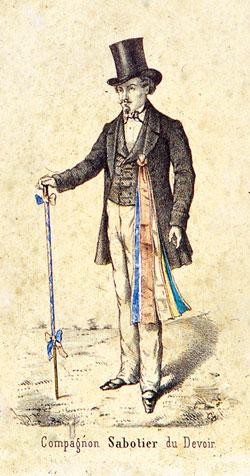
The word compagnon (companion) is a very old French word (Old World France) which means companion/compaignon – a person with whom one breaks bread. A very intimate word coupled with the term Tour de France which refers to travel.
So what is the Compagnon du Tour de France? It is a French organization of artisans and craftsmen that travel and move around the country of France doing apprenticeships with masters. This organization dates back to the Middle Ages.
It is the traditional way to learn a trade while developing character through travel. The young men and often a woman or two, live together in a house which may be five people to 100 people. They live in a Compagnon house known as a cayenne and it is managed by a mere or mother. In this case she is acting mother to all of these young people. Currently there are more than 80 of these houses in France.
The woman in this picture is more than likely the mere of the house.

The sash and the walking stick are presented by the full Compagnon to the Aspirant upon adoption and acceptance of the Aspirant’s initial project. Once an Aspirant you are required to work in your trade under Compagnons and travel for the next three to five years.

Some of the most brilliant masterpieces are displayed at the Musees du Compagnonnage in Tours and Paris.



